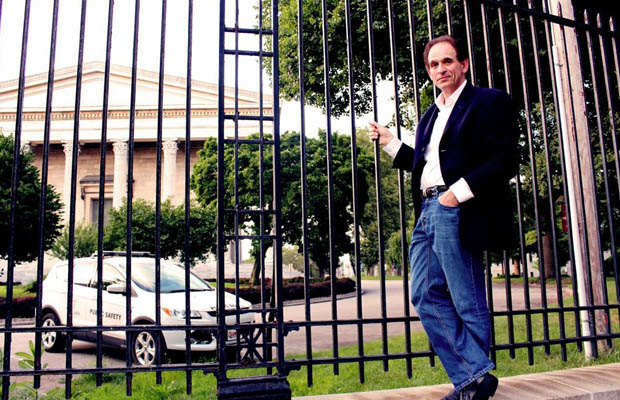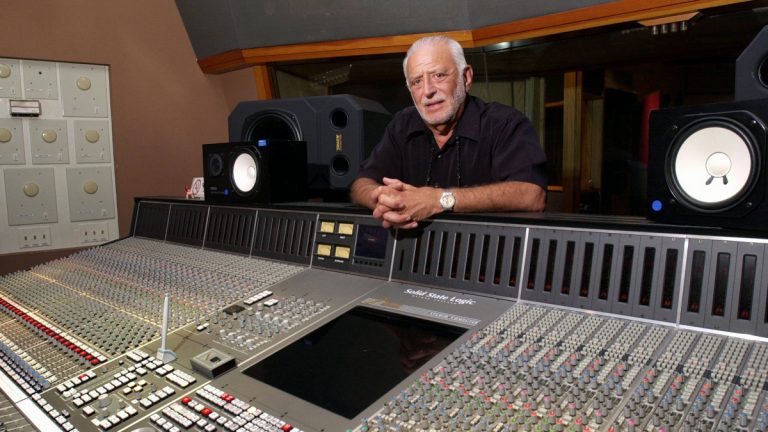For decades, companies have involved consumers in the product development process. Until recently, the preferred strategies for doing this consisted of qualitative and quantitative research — things like focus groups and central location testing.
Nowadays, companies are moving their research inside consumers’ homes, attempting to better understand how existing products fail to deliver the best experience possible. This practice is called ethnography, and it is here with a vengeance.
While ethnography has gotten a lot of press lately, it isn’t new. In truth, ethnography is as old as the practice of anthropology and has been in and out of favor among marketing researchers since at least the 1930s, according to Kellogg School of Management marketing professor John Sherry.
The shift from ethnography-focused research to qualitative and quantitative testing, and back again, can be traced to the evolution of consumer brands.
As consumer product companies evolved along with the categories in which they compete, they would develop “new and improved” versions as a means of creating differentiation.
These formulations would be developed with consumer input through qualitative research like focus groups or one-on-one interviews and later through quantitative testing like home use or central location tests. These approaches still work well when trying to add enhancements or refinements to existing product categories.
However, when you’re trying to make a bigger “leap,” looking for the insight that delivers more than a marginal gain, a different approach is necessary. That’s where ethnography shines.
Beyond simply identifying the horsepower needed to drive a mix master, ethnography can actually discover higher-level needs or problems to be solved, and that’s where breakthroughs begin.
This methodology can spot “work-arounds,” those compensating behaviors consumers unconsciously incorporate into their daily lives. For example, when the original kitchen mixers were introduced, they came with no lids. Someone noticed how often bakers would wipe the kitchen counter after using an electric mixer, although the baker didn’t think much of it.
A consumer-oriented business person recognized the compensating behavior and solved the equation by developing removable, washable lids. Instead of introducing a mixer in a new color or a slightly different size — actions which may have generated marginal revenue gain — someone changed the market by transforming the user experience.
When conducting ethnography, keep in mind these four elements:
1. You’re there to observe the consumer’s behavior. How is your product being used? What other factors contribute to your product’s success? What is it that your consumer is doing that’s making the activity more cumbersome or laborious than necessary?
2. Ask why? When you identify a potential “work-around,” ask “why are you doing that?” The goal is to understand both the pragmatic and the emotional issues. Perhaps the baker wanted a clean surface to keep his clothes clean, or maybe he’s a neat freak and gets stressed-out when the kitchen is messy.
3. Confirm your findings directly. This is easily done by saying, “So, you wipe the counter when you use the mix master because….” And follow up with “tell me more about that.”
4. Play “what if” with the participant. Once you’ve confirmed your findings, the fun begins. “What if the mix master had x, or did y or could z…”
In our experience, this process generates very rich results. Not only will you confirm or refine a new product opportunity (assuming you went into the research with an idea or two in mind), but you’re likely to come away with ideas to fuel second and third generation initiatives.
Some people wonder: “Will the consumer really let us in her home to talk about use of our product?” Yes! Considering how poor customer service has become in our society, consumers seem eager to jump at the chance to have their opinions heard. So, if you want to make your next new product introduction more than a line extension, invite yourself into your consumers’ home and watch what’s going on.



:brightness(10):contrast(5):no_upscale():format(webp)/GettyImages-508065515-569fdaf65f9b58eba4ad7ade.jpg)